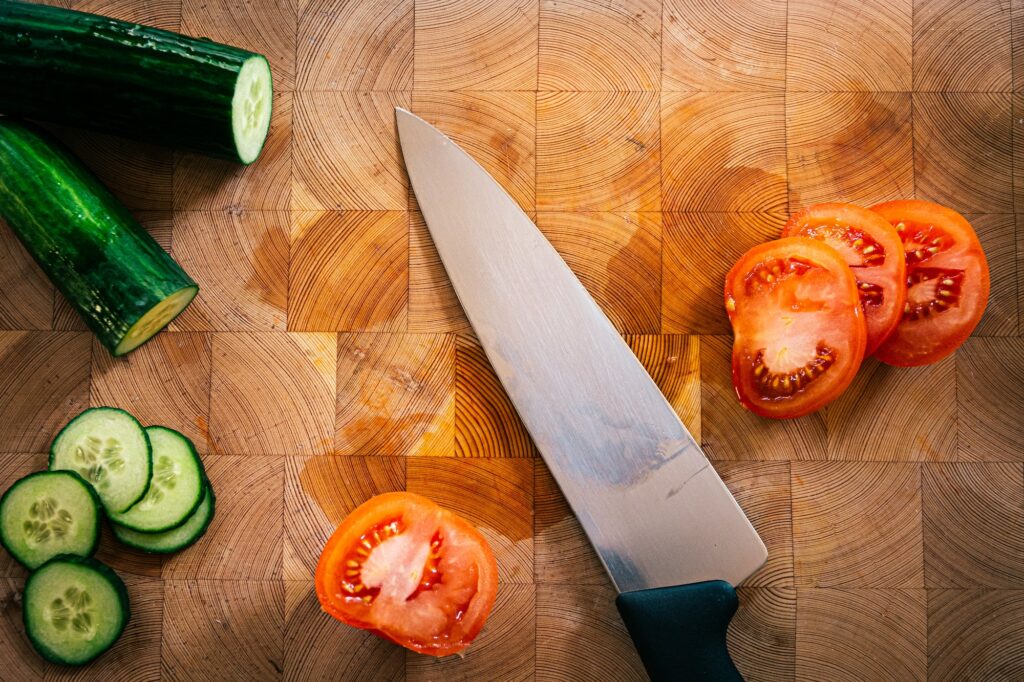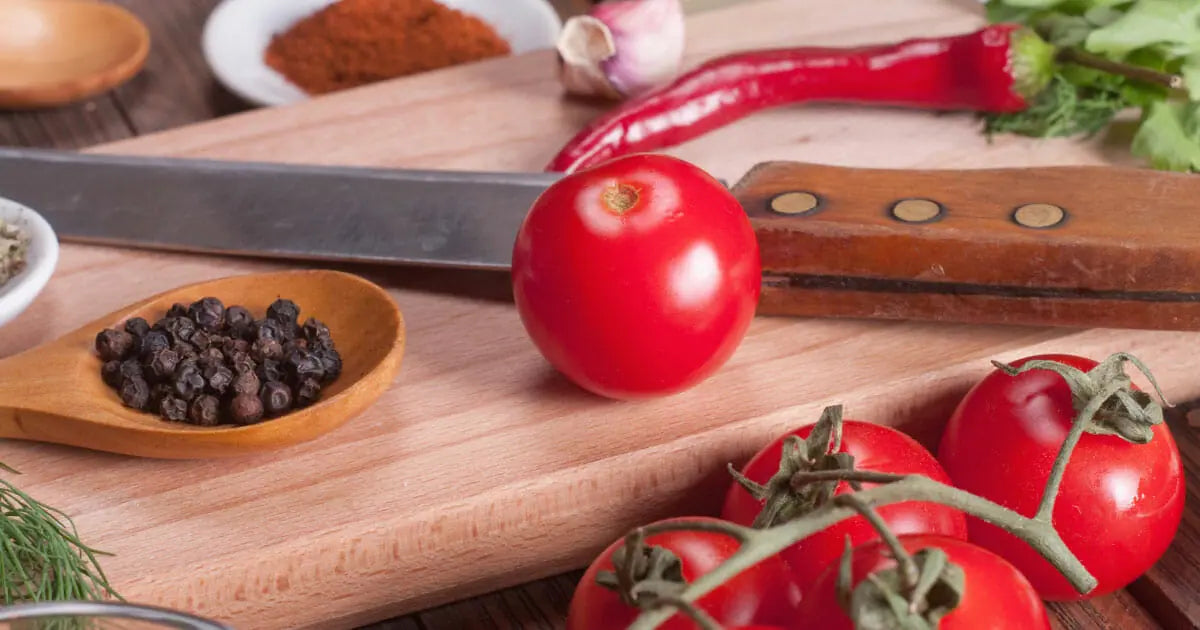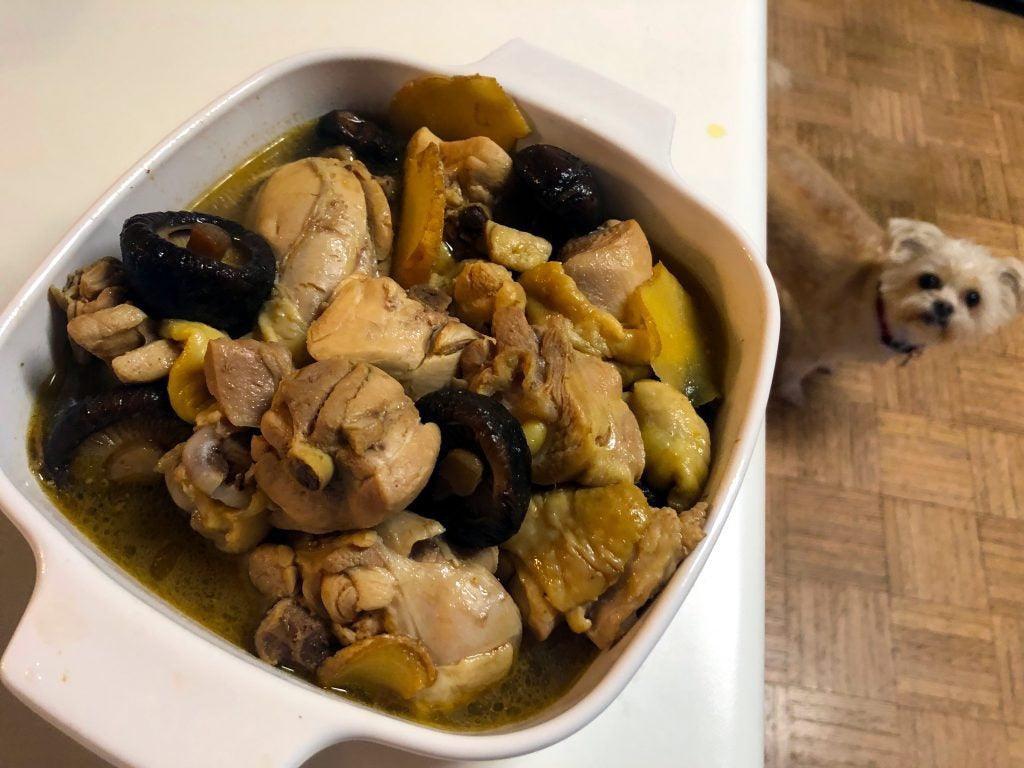Have you ever stared helplessly at the array of stains on your once spotless cutting board? You're certainly not alone. Both home cooks and professional chefs often deal with this common yet pesky challenge after frequent usage. Knowing how to effectively remove stains from cutting boards is crucial for those in the culinary field, where cleanliness, presentation, and durability are non-negotiable.
Let's explore various cleaning techniques, clever tricks, and preventive strategies to keep your cutting boards looking fresh and clean for years!
:max_bytes(150000):strip_icc()/prevent-cutting-board-slipping-1123-c9837c7f958745b792c2b115c7d7bccd.jpg)
What Causes Cutting Boards to Stain?
Even the highest-quality cutting boards are susceptible to stains. Ingredients such as beets, turmeric, strawberries, and various marinades can seep into the board material, especially if it's porous or scratched. Over time, these stains can become stubborn, detracting from the board's cleanliness and your guests' perception of food safety.
For chefs, maintaining a hygienic workspace is vital, which means relying on clean, stain-free tools. A cutting board that appears dirtyeven when it isn'tcan undermine customer trust and food safety.
Board Material Matters: Wood, Plastic, or Bamboo?
Before we delve into how to tackle stains on cutting boards, it's essential to specify the type of board, as the material greatly influences the cleaning process.
1. Wooden Cutting Boards
Wooden boards are celebrated for their durability and knife-friendly surface. However, they are also porous; oils and liquid food particles can penetrate deeply, complicating stain removal. For a comprehensive guide on maintaining wooden cutting boards, check out this resource.
2. Plastic Cutting Boards
Plastic boards are less porous but are prone to knife-induced scratches where stains can lodge. While they're generally easier to clean, vigorous scrubbing is often necessary to mitigate discoloration from substances like tomato sauce or balsamic vinegar.
3. Bamboo Cutting Boards
Bamboo cutting boards offer a blend of wood's beauty with added resilience, being less porous while maintaining visual appeal. However, neglect can lead to noticeable color changes, especially from vibrant foods.
Step-by-Step: Effective Stain Removal Techniques
Utilize these precise methods tailored to your board's material and the type of stain:
1. Lemon and Salt Scrub
This timeless remedy is perfect for addressing surface stains and unpleasant smells. Here's how to do it:
- Sprinkle coarse salt over the stained area.
- Slice a lemon in half and scrub the salt into the board with the lemon.
- The citric acid in the lemon helps break down stains, and the salt acts as an abrasive scrubber.
Best suited for: Wooden and bamboo boards.
2. Baking Soda Paste
Combine baking soda with a small amount of water to form a paste. Apply it to the stained area and let it sit for 10-15 minutes before gently scrubbing with a sponge or brush.
The natural cleaning properties of baking soda assist in tackling tougher stains without damaging the board.
Ideal for: Plastic boards and light-hued bamboo boards.
3. Hydrogen Peroxide Application
This approach is designed for tough, deep stains:
- Pour hydrogen peroxide directly onto the stained region.
- Allow it to sit for a few minutes to help lift the stain.
- Rinse thoroughly with warm water afterward.
Best for: Plastic cutting boards with significant discolorations.
4. White Vinegar Soak
Soaking your board in white vinegar can effectively tackle stubborn stains and odors. Just immerse the board in a shallow bowl of vinegar for 10-15 minutes, then rinse and dry.
Ideal for: Most materials, particularly wood and bamboo.
5. Bleach Solution for Stubborn Stains
In professional kitchens, using bleach may be an effective solution. Create a mix of one tablespoon of bleach for every gallon of water and soak the board for a few minutes. This method can eliminate stains and bacteria, but excessive use may weaken wood over time, so apply it with caution.
Best for: Plastic cutting boards (use judiciously on wood or bamboo).
Ways to Prevent Staining on Cutting Boards
Prevention is always better than cure, especially in a professional kitchen environment. Here are some strategies to minimize the chances of stains forming:
- Apply a thin coat of mineral oil on wooden and bamboo boards after cleaning to seal pores and ward off absorption.
- Rinse and scrub your cutting board right after use, before stains can set in.
- Use separate boards for different tasks, such as cutting raw meats, vegetables, and fragrant items like garlic.
For additional information on maintaining stain-free boards, take a look at these care tips.
Expert Advice for Kitchen Professionals
For those in the culinary industry, attention to detail is paramount. Beyond knowing how to clean stains from cutting boards, consider these professional-grade tips:
- Regularly sterilize your boards by steaming for a few minutes or using commercial sanitizers.
- Rotate your cutting boards frequently to avoid heavy wear in one area.
- Invest in high-quality, non-porous cutting boards specifically designed for professional kitchens.

Frequently Asked Questions
1. Is it safe to put my cutting board in the dishwasher?
Most plastic cutting boards are dishwasher-safe. However, wooden and bamboo boards may warp and lose durability when exposed to high temperatures and moisture, so its better to hand wash them.
2. Can I safely use bleach on cutting boards?
Yes, it's safe to use on plastic boards or in diluted amounts on wooden boards. Make sure to rinse thoroughly to remove any chemical residues.
3. When should I replace my cutting board?
It's time to replace your cutting board when it develops deep grooves or cracks that hinder proper cleaning and sanitizing.
Taking care of your cutting boards is essentialnot just for appearance, but also for maintaining a hygienic and safe cooking environment. For further guidance on proper maintenance, visit this maintenance guide.
This article contains affiliate links. We may earn a commission at no extra cost to you.






Leave a comment
This site is protected by hCaptcha and the hCaptcha Privacy Policy and Terms of Service apply.